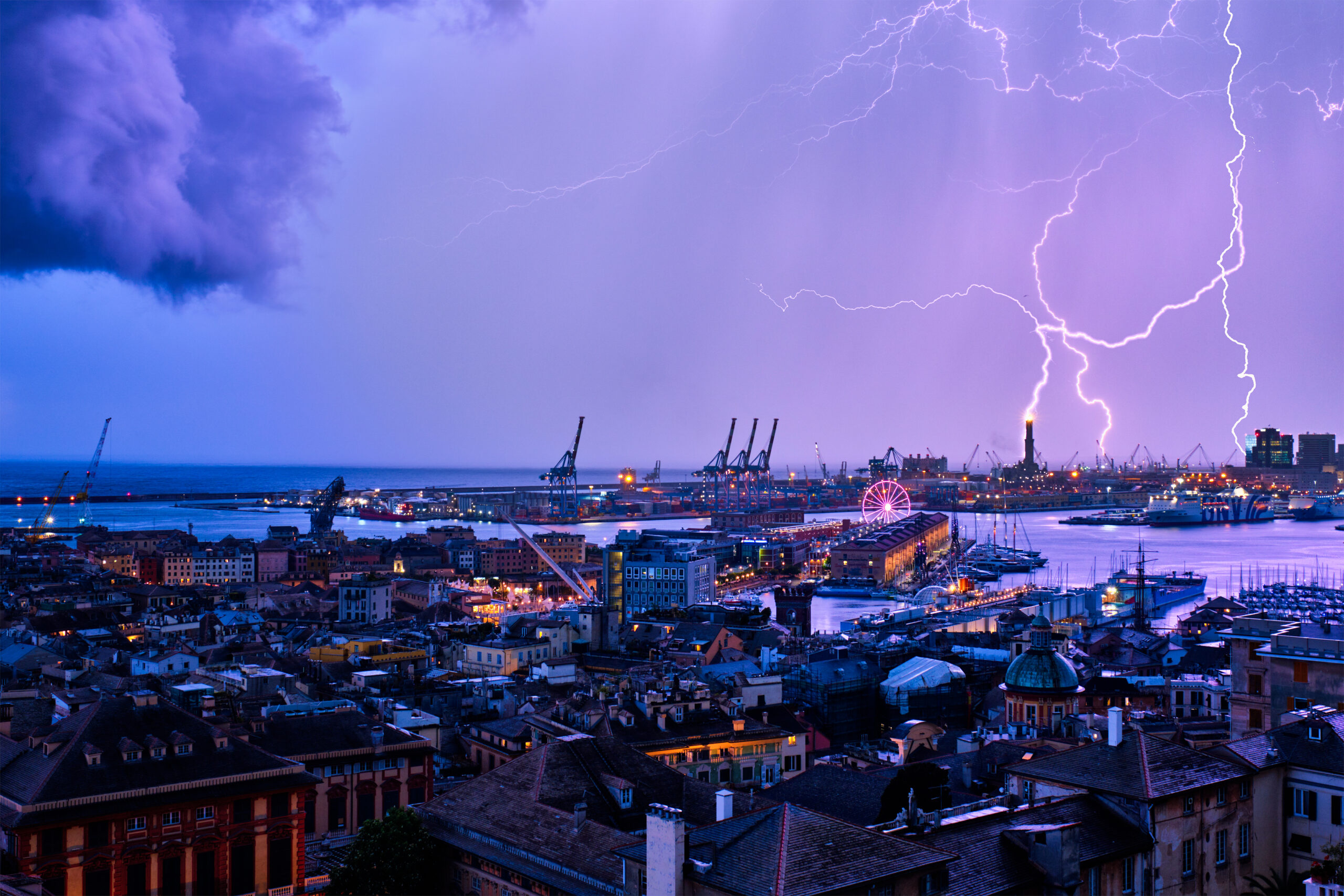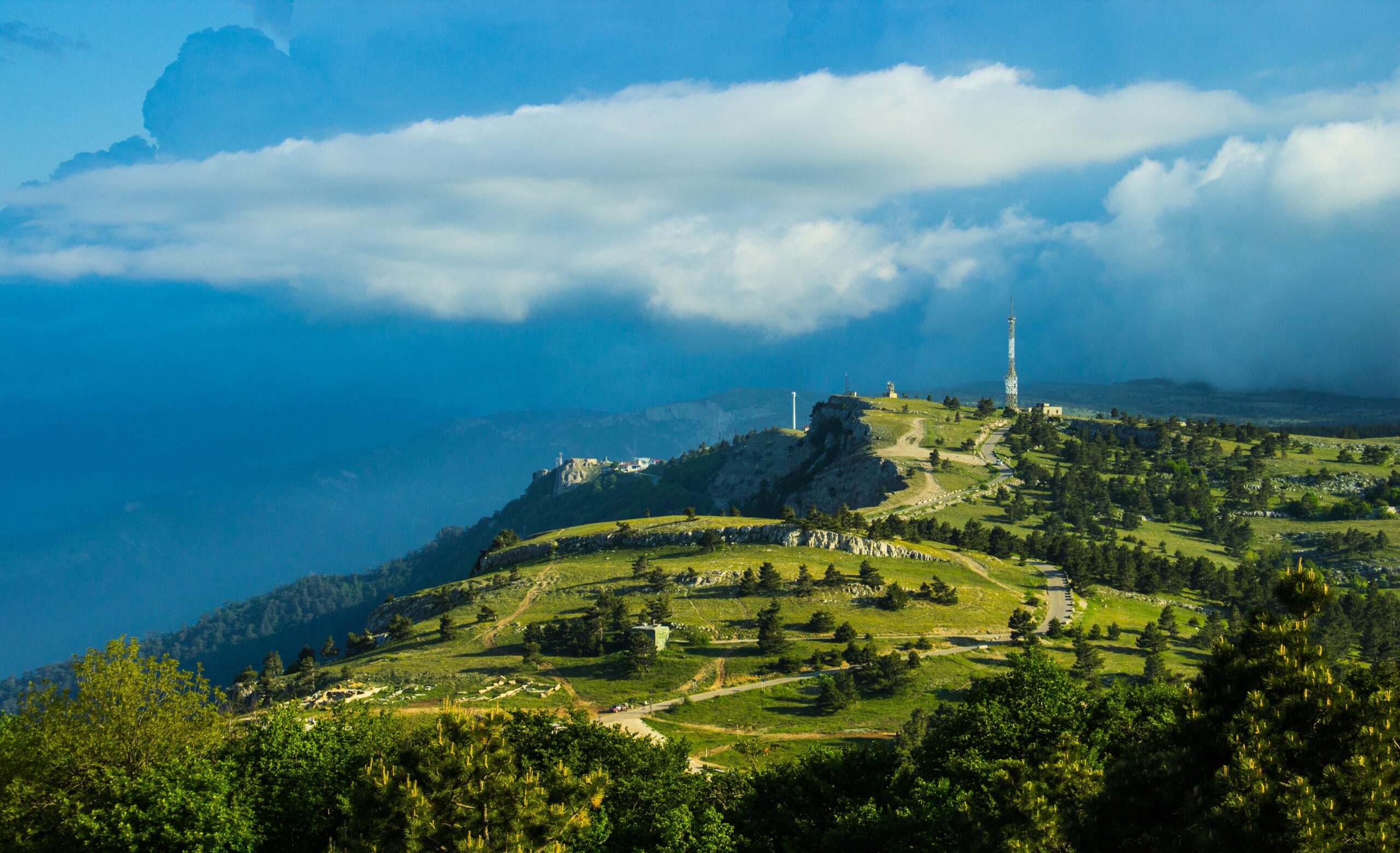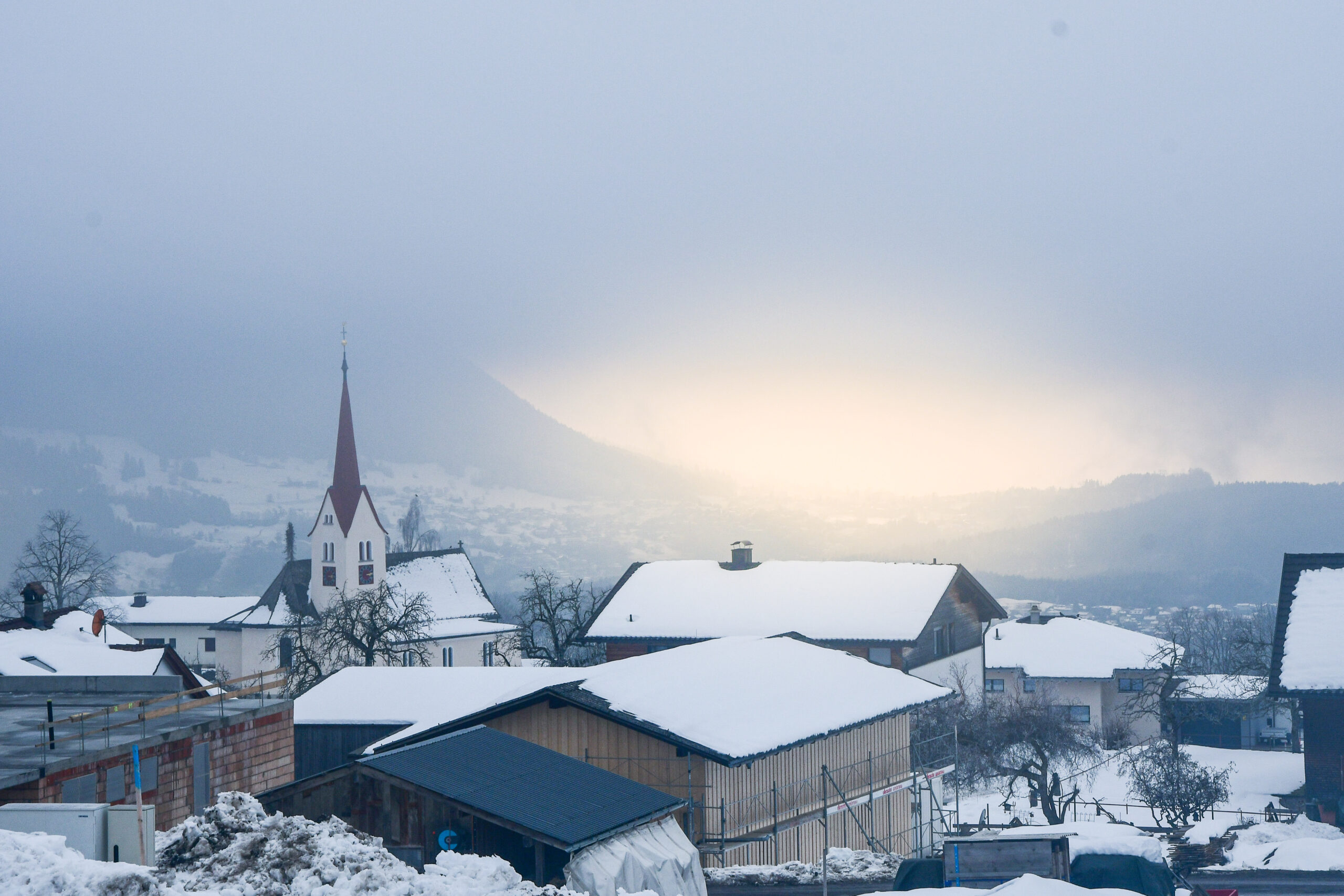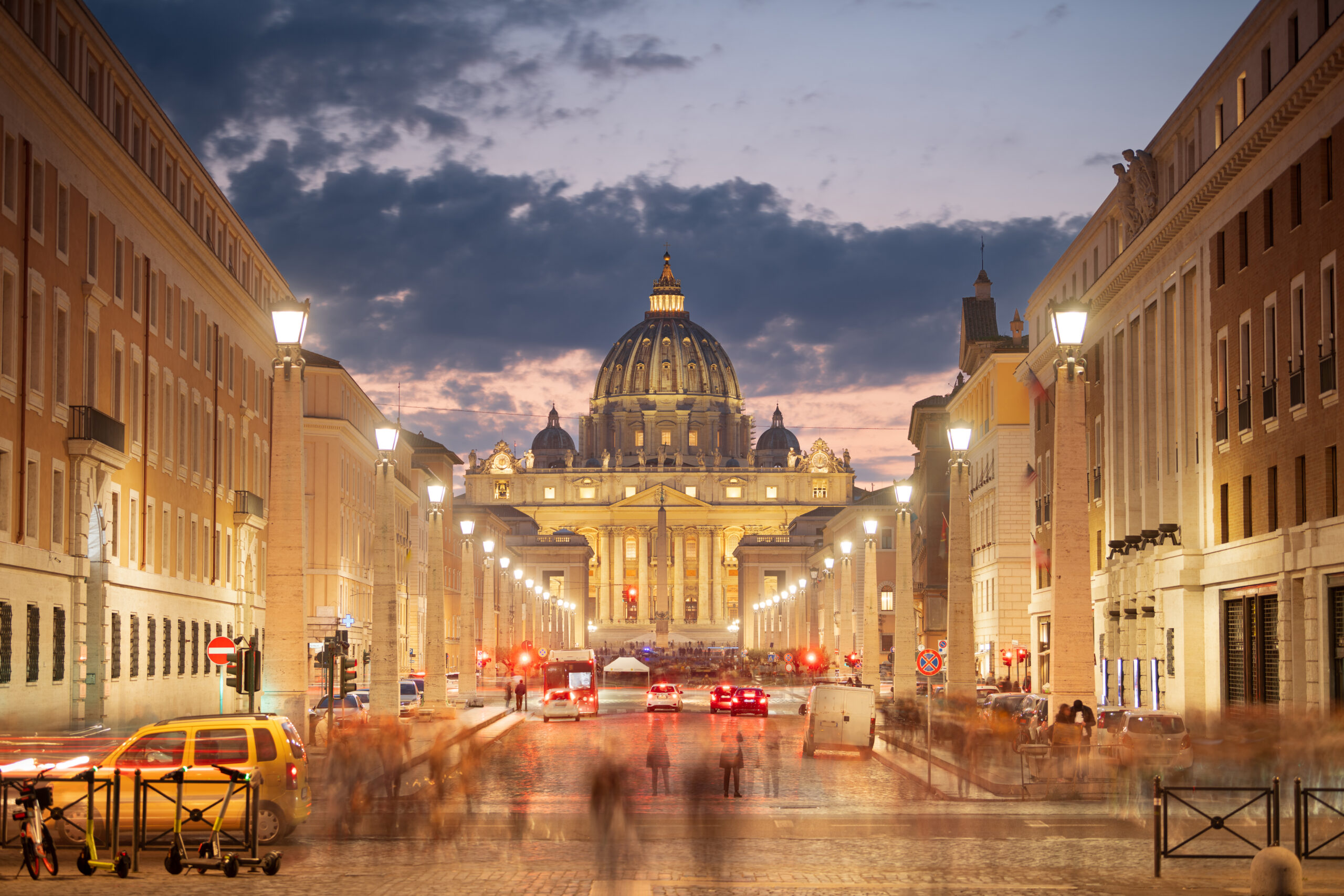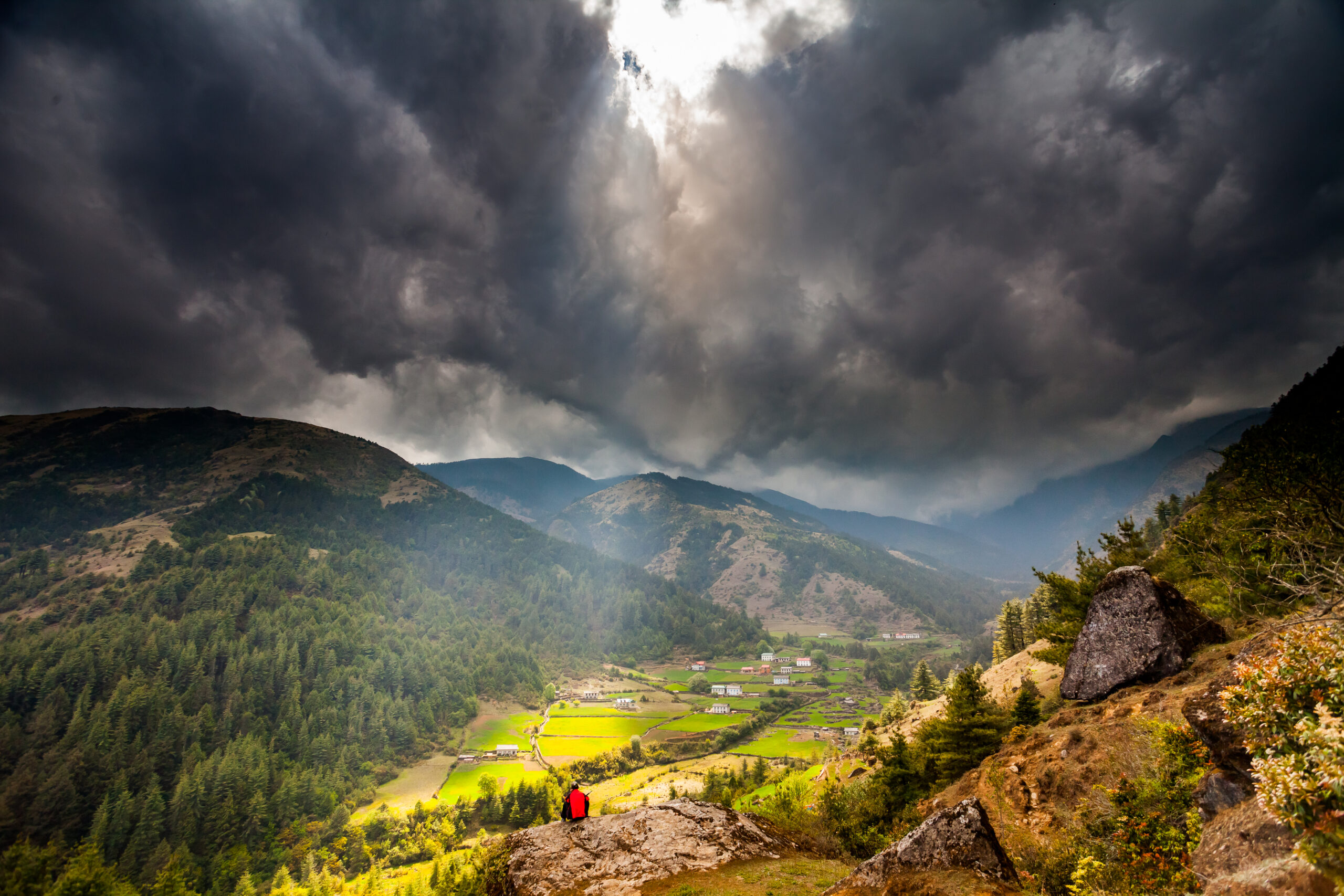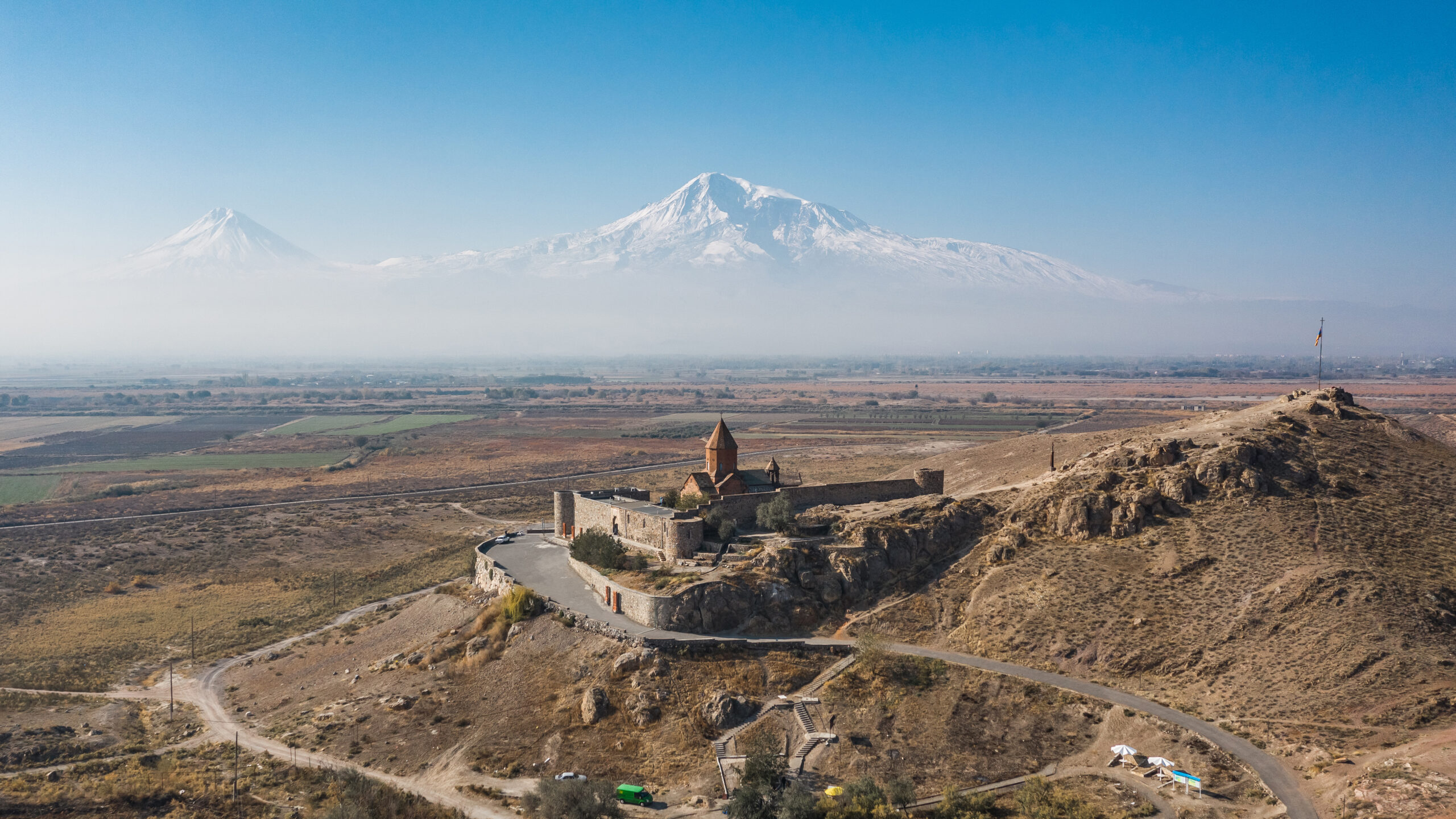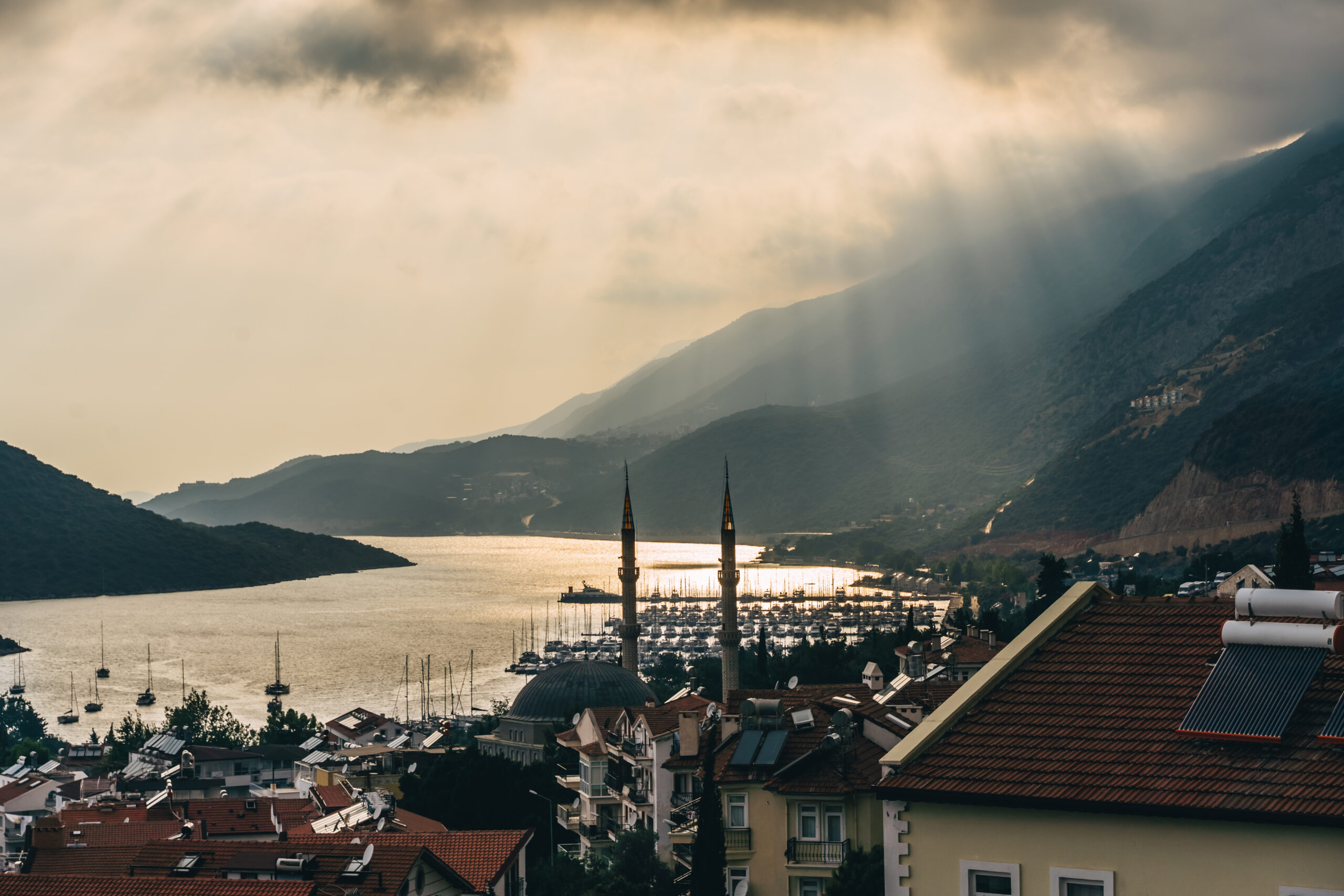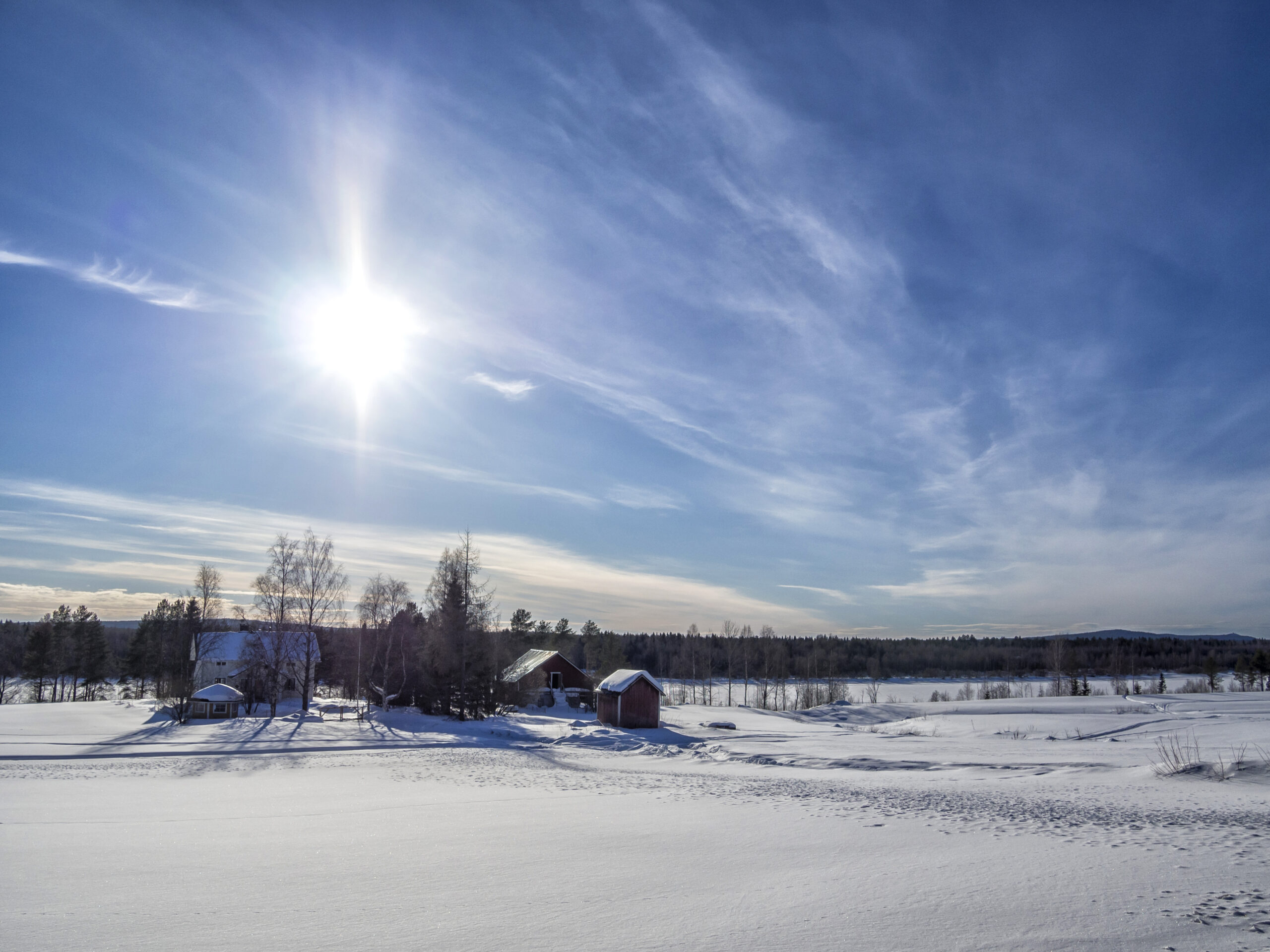- Aries ♈ - November 25, 2025
- Template - November 13, 2025
- Albania Weather Report Free updated Hourly 2025 - September 23, 2025
Table of Contents
Toggle🌍 Europe Weather Report – Month-by-Month Overview
Europe’s climate varies dramatically across its regions, from Arctic tundra in the north to Mediterranean warmth in the south. Here’s how the weather typically unfolds month by month across the continent:
❄️ January
January is Europe’s coldest month. Northern countries like Norway, Sweden, and Finland experience deep freezes, with temperatures often below −10°C, heavy snowfall, and limited daylight. Central Europe, including Germany, Poland, and Austria, sees temperatures around −2°C to 4°C, with frequent snow and fog. Southern Europe — Spain, Italy, and Greece — remains milder, with highs around 10–15°C, though rain is common.
🌨️ February
Cold persists across the continent. Snow continues in the north and central regions, while southern Europe begins to see slightly longer days and milder temperatures. France and Portugal hover around 8–12°C, and ski resorts in the Alps and Pyrenees remain active.
🌱 March
Spring begins to stir. Northern Europe remains chilly, but central and southern regions warm up. London, Paris, and Rome see highs of 10–15°C, with increasing sunshine and budding trees. Rainfall is moderate, and snow starts to retreat from lower elevations.
🌸 April
April brings noticeable warmth and longer daylight. Southern Europe enjoys highs of 18–22°C, while central Europe reaches 15–18°C. Rain showers are common, especially in the UK, Benelux, and Balkans, but sunshine hours increase across the board.
🌼 May
May is one of Europe’s most pleasant months. Temperatures range from 18–25°C in most regions, with dry, sunny days dominating southern and western Europe. The Mediterranean coast becomes beach-ready, and cities like Barcelona, Florence, and Dubrovnik see a surge in tourism.
☀️ June
Summer arrives. Northern Europe warms to 20–25°C, while southern regions hit 28–32°C. Rainfall drops significantly, and long daylight hours make it ideal for travel. The Baltics, Scandinavia, and British Isles enjoy mild, dry conditions.
🔥 July
July is hot and dry across most of Europe. Southern countries like Spain, Greece, and Turkey often exceed 35°C, while central Europe averages 28–32°C. Northern Europe remains comfortable, with highs around 25°C. Rain is rare, and UV levels are high.
🏖️ August
Similar to July, August is peak summer. Coastal regions are packed with tourists, and inland cities can feel sweltering. Heatwaves are common in Italy, France, and the Balkans, while Ireland and Scotland stay cooler and greener.
🍂 September
Temperatures begin to ease. Southern Europe remains warm at 25–30°C, while central and northern regions cool to 18–24°C. Rain returns gradually, especially in the Alps and Carpathians. It’s a great month for travel — fewer crowds and golden landscapes.
🌦️ October
Autumn sets in. Rain increases across western and northern Europe. Temperatures drop to 10–18°C, and forests turn vibrant with fall colors. Southern Europe still enjoys mild days, but evenings grow cooler.
🌫️ November
November is wet and cool. Northern Europe sees the return of frost and snow, while central regions experience fog and rain. Southern Europe averages 10–15°C, with shorter days and occasional storms.
❄️ December
Winter returns. Snow blankets the north and central regions. Germany, Austria, and Switzerland prepare for Christmas markets under chilly skies. Southern Europe remains above freezing, but rain and wind are frequent.
Europe’s weather is as varied as its cultures — whether you’re chasing sun in the south or snow in the north, every month offers a unique climate experience. Let me know if you want a breakdown by region or travel tips for a specific season.
Europe Weather Report Free updated Hourly 2025
Europe Weather Report

- Temperature
- Precipitation
- Rain Chance
- Wind
- Humidity
- Pressure
Lorem ipsum dolor sit amet, consectetur adipiscing elit. Ut elit tellus, luctus nec ullamcorper mattis, pulvinar dapibus leo.
Lorem ipsum dolor sit amet, consectetur adipiscing elit. Ut elit tellus, luctus nec ullamcorper mattis, pulvinar dapibus leo.
Lorem ipsum dolor sit amet, consectetur adipiscing elit. Ut elit tellus, luctus nec ullamcorper mattis, pulvinar dapibus leo.

